|
Getting your Trinity Audio player ready...
|
We have proved man-made pollution and humans influence the climatic system. Combined with the land’s natural pollution and natural air pollution, emissions of greenhouse gasses resulting from the influence of humans on nature are the highest in history. All of these have had a huge impact on human and ecological systems. We are witnessing the death of earth, but how long do we have. How long will earth be habitable for humans and how long will the earth last. We have seen agreements made by governments over the years with limited success, so we may well ask, is the Paris climate agreement effective?
How Long will Earth be Habitable for Humans?
Since 1850, the surface of the Earth has grown progressively hotter. Emissions grew quickly between 2000 and 2010 and carbon dioxide levels have increased by 50% since 1990. Oceans have warmed, snow and ice are getting less and sea levels are higher.
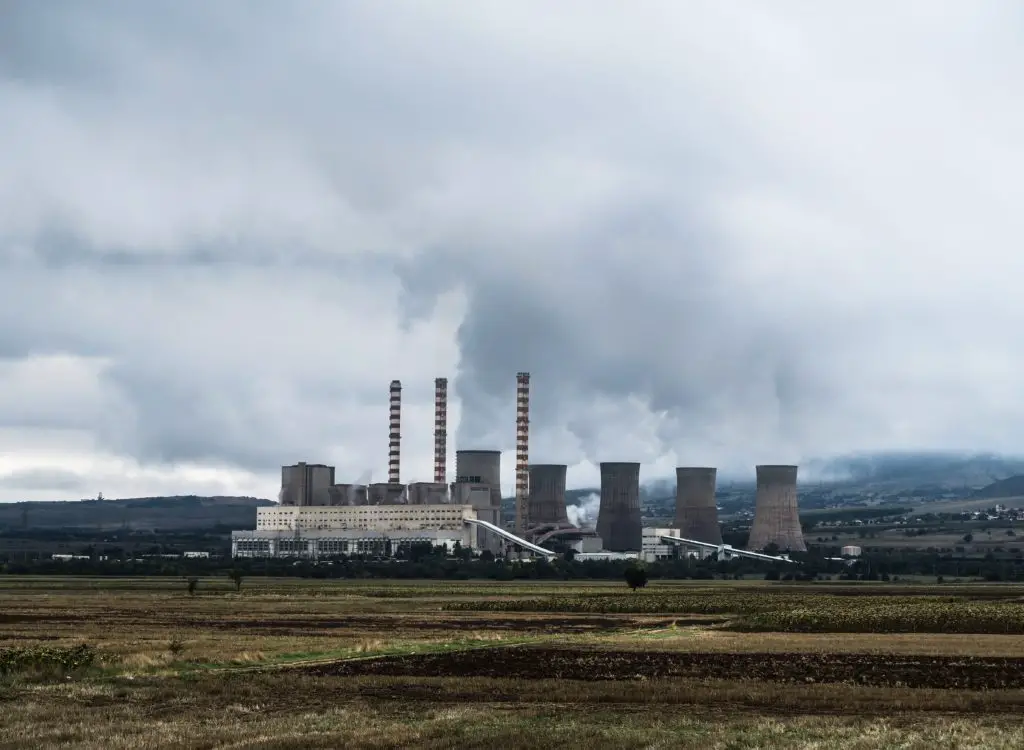
The vast majority of carbon dioxide emissions come from combustion of fossil fuels, principally coal, petroleum (including oil) and natural gas, with additional contributions coming from deforestation and other changes in land use.
If the random emission of important anthropogenic greenhouse gases like CO2 is not reduced, the Earth will face the following devastating consequences:
The atmospheric temperature in coastal areas will increase by 2°C by 2050 and 4°C by 2100.
The interior temperature of the Earth will also increase by 4°C by 2050 and 7°C by 2100.
World food security will be adversely affected.
Invasive plants will increase and negatively influence the water resources on Earth.
Health problems will be aggravated worldwide due to droughts and floods, and there will be an outbreak of diseases related to extreme weather conditions.
Forests and various commercial plantations on Earth will be vulnerable to forest fires.
Kelvin O. Yoro, Michael O. Daramola, in Advances in Carbon Capture, 2020. The book is available at Amazon in Kindle and print.
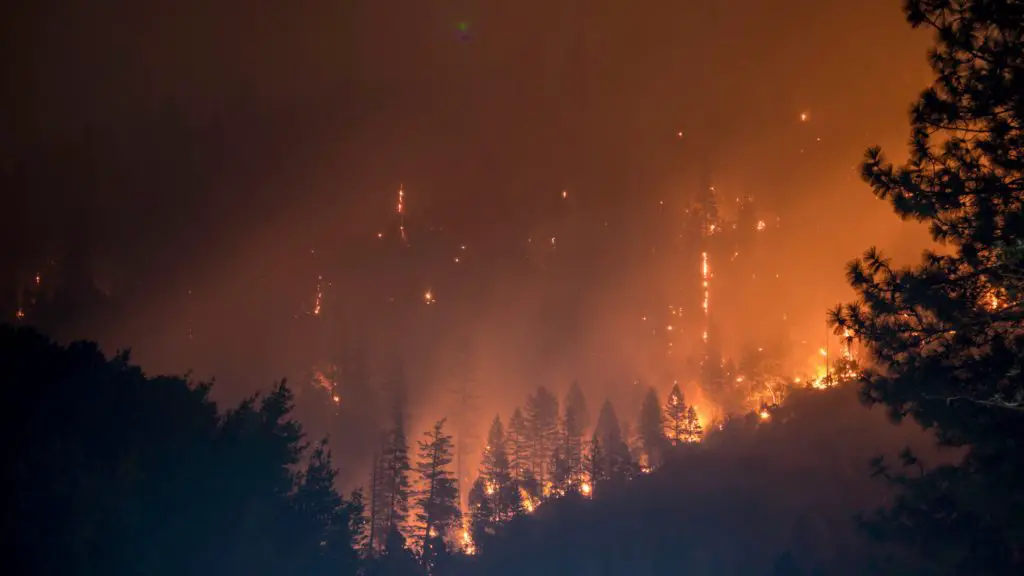
Since 1850 the Earth’s surface has grown progressively hotter. We have proved man-made pollution and humans influence the climatic system. Climate change is the most serious crisis facing the world today, and the biggest threat is man-made pollution, lack of awareness and apathy.
Natural Pollution and Air Quality
When we think of pollution, we think mainly of Land, Water, and Air. And as the Earth’s population expands space becomes more and more of a rare commodity. We crowd together like battery hens and become accustomed to excessive Light and Noise, and forget the damage they do.
We can’t avoid natural pollution of land and water or natural air pollution from volcanic eruption, wildfires, wind, and dust. But we can control:
- pesticide use,
- particulate matter through crop burning,
- methane emmission from excessive cattle farming, and
- the spread of wildfires.
Dust will be reduced if we stop interfering and sufficient rain returns.
The Paris Climate Agreement – Toxic Emission and Air Pollutants
The Paris Climate Agreement of 2015 is based on the United Nations Framework Convention on Climate Change, 2018, and it binds the member states to act in the interests of human safety, facing scientific uncertainty.
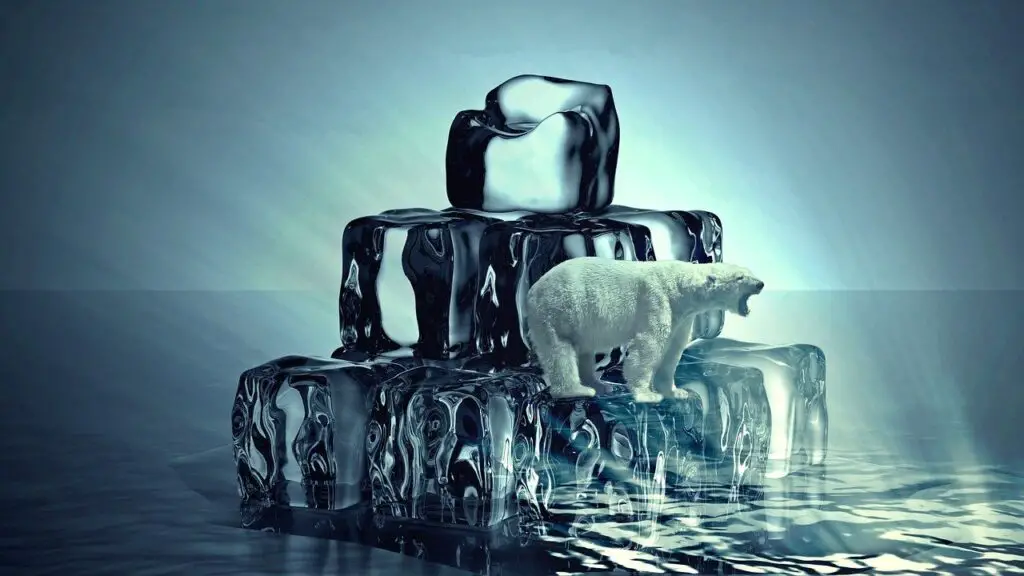
The Paris Climate Agreement is a landmark in the multilateral climate change process. A binding agreement that brings all member nations into a common cause to combat man-made pollution, climate change and adapt to its effects.
The Paris Agreement Goals – Greenhouse Gas Emissions
According to the United Nations, the Paris climate agreement goals are to:
- counter man-made pollution and human influence on the climate system.
- keep the global average temperature below 2.0°C above preindustrial levels and
- pursue efforts to limit temperature increases to 1.5°C above preindustrial levels.
To achieve this long-term temperature goal, countries aim to reach global peaking of greenhouse gas emissions as soon as possible to achieve a climate neutral world by mid-century.
Sources
United Nations – Climate Change – https://unfccc.int/process-and-meetings/the-paris-agreement/the-paris-agreement
AGU – Advancing Earth and Space Science – Earth’s Future – https://agupubs.onlinelibrary.wiley.com/doi/full/10.1029/2018EF000922
Countries in the Paris Climate Agreement
All of the World’s 194 Independent States and the EU had signed the Paris Climate Agreement by January 2021.
The USA and China, who together represented 40% of Global emissions joined the Paris Climate Agreement in April 2016. The USA withdrew from the Paris Climate Agreement under the Trump Administration, effective on 4th December 2020. That was ONE day after the Presidential election in which Joe Biden defeated Donald Trump. In a reversal under the Biden Administration, the President signed an executive order to rejoin on 20th Jan 2021, effective on 19th February 2021.
Is the Paris Climate Agreement Effective?
The Paris Climate Accord was the greatest victory yet in efforts to fight climate change, a beautiful achievement of human unity…
Avaaz.org
But because I live eight months a year in the North of Thailand surrounded by fires burning in the valley and surrounding hills, day and night, it is not apparent, and I often ask this question.
Is the Paris climate agreement effective when South-Est Asia seems to be obsessed with fire?
Southern Thailand
Koh Phuket, the richest province in Thailand, evolved as a tropical holiday island with problems of over-development. It was decimated by Covid19 in 2020 because of its reliance on tourism. But because it is neither agricultural nor industrial, man-made pollution is minimal. Its 400,000 inhabitants do not pollute the atmosphere except from vehicle emissions.
So it always rates low on the Air Quality Index, averaging around 35, except on occasions when it suffers from man-made pollution through crop burning in far-away Sumatra.
How Long will Earth Support the Food Chain and Human Health
Climate change is by far the most serious crisis facing the world today. At stake is the future of civilization as we know it. Yet, both public awareness and government action lag way behind what’s needed to avert a climate change catastrophe.
EcoWatch
So, how long will earth be habitable for humans, and how long will the Earth last?
Here’s what Noam Chomsky has to say on the subject.
‘History is all too rich in records of horrendous wars, indescribable torture, massacres and every imaginable abuse of fundamental rights. But the threat of destruction of organized human life in any recognizable or tolerable form — that is entirely new. The environmental crisis under way is indeed unique in human history and is a true existential crisis. Those alive today will decide the fate of humanity — and the fate of the other species that we are now destroying at a rate not seen for 65 million years, when a huge asteroid hit the earth, ending the age of the dinosaurs and opening the way for some small mammals to evolve to pose a similar threat to life on earth as that earlier asteroid, though differing from it in that we can make a choice.’
Noam Chomsky – Professor of Linguistics at MIT and Laureate Professor of Linguistics at the University of Arizona.
Air Pollution Masks the Rawai Sunrise – September 2015
A Beautiful Rawai Sunrise – August 2015 – One month earlier
Northern Thailand
Northern Thailand on the other hand hits the self-destruct button between January and June every year. Read my article of how Farmers burn and burn, and law enforcement officials make no apparent effort to stop them and halt the devastation on humans, wildlife and the environment.
Why don’t we care enough about Human Health?
Do those who cause the problems feel guilty that 50% of the people of Northern Thailand suffer from respiratory problems? If they don’t care for their own health then the answer is obvious.
Following the fires in Indonesia I wrote;
“Chiang Mai and Chiang Rai only have populations of between 2 and 3 million. Pollution is mainly caused by subsistence farmers employing outdated ‘slash and burn’ techniques used for hundreds of years to clear forest and scrub land and grow crops. The government is well aware of the dangers to health but is failing the people miserably. Together with the many ‘Forest Fire Control Centres’, throughout the provinces, the authorities are once again proving to be either unwilling or powerless to prevent the recklessness of ignorant rural people. It would seem that most have little or no concern for their own or others health and safety.”
James King
Is man-made pollution responsible for earth’s destruction?
Nous sommes du soleil
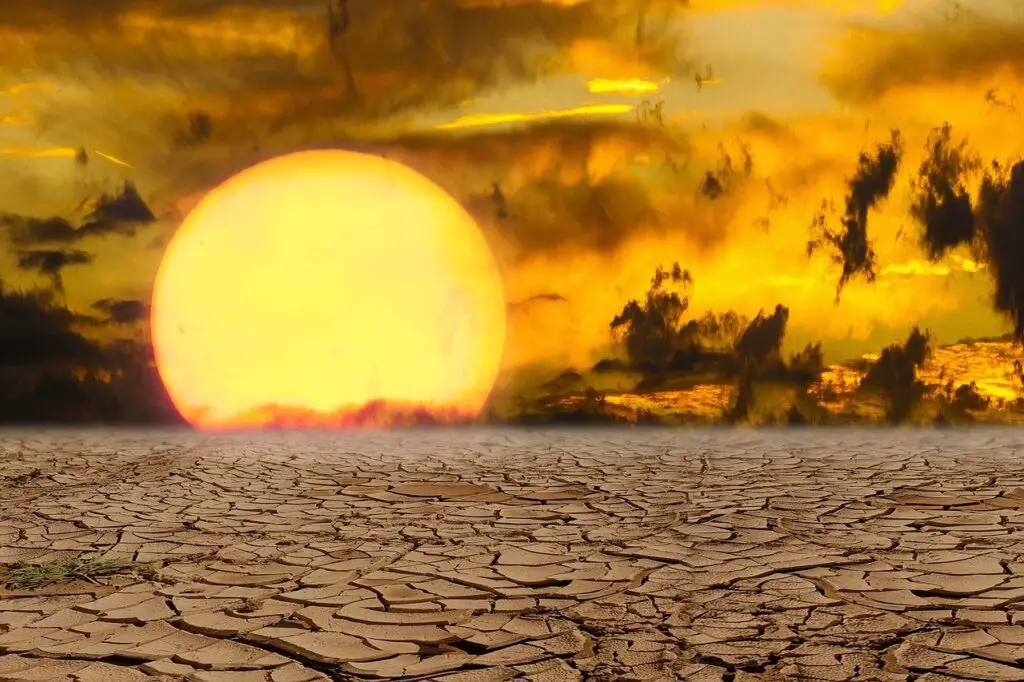
We know the very star that gives us life will eventually take it away and destroy us, consuming all in a fire of cataclysmic proportions. I don’t want to believe we are so apathetic that we will self-destruct by intentionally burning our planet, even though the evidence suggests we are.
We are of the Sun. Is the knowledge that the Sun will take away the life it gives us, the reason for our own pre-emptive strike on the World? I hope not.
How long will the earth last, and more importantly how long will earth be habitable for humans is unknown. But it won’t be long if we don’t educate ourselves and take things more seriously as a matter of urgency.
Man’s disregard for Man
Man-made pollution in the form of wars and crop burning, rages across the world with never-ending regularity. Laws are in place, but governments are powerless to stop the destruction of the planet by its inhabitants. Ignorance prevails and prosecution is not a deterrent. We have such disregard for our neighbours that we continue to burn our lands. We watch as the smoke drifts on the wind, thousands of miles across the seas where it chokes our brothers.
Man’s disregard for Nature
And let us not forget the never-ending environmental problems. The silent suffering animals, birds, sea creatures and insects are all affected by our actions. Despite all the knowledge at our disposal, we ignore the inevitable and refuse to accept the consequences. Corruption and hidden agendas make it easier to lift the carpet and sweep the dirt underneath.
We cannot survive without nature and the natural world in balance.
But nature does not need us. It will survive whatever damage we do to it.
Death of Earth

How could I write this post and not be ashamed to admit that I did not know 22nd April was ‘Earth Day’.
To atone for my sin – mea maxima culpa – I have added this requiem section about the death of earth.
I feel much better already. Not about the depressing title, but that I have written it.
Rachael Carson – Silent Spring
We have known, for more than half a century, what we have done and continue to do to the Earth. Yet despite considerable progress, we still persist with destructive acts.

Rachael Carson told us in her absorbing book ‘Silent Spring’ published in 1962.
She puts it so eloquently when she says:
The more clearly we can focus our attention on the wonders and realities of the universe about us, the less taste we shall have for destruction.
Those who contemplate the beauty of the earth find reserves of strength that will endure as long as life lasts.
Those who dwell among the beauties and mysteries of the earth are never alone or weary of life.
Rachael Carson
Is it too late?
Experts have continually informed us of the dangers. Politicians have heeded the warnings, but successive governments have done precious little until recently.
It is painful to write the death of earth, but it is apt. And because we have persisted in destroying our life support system for decades, I fear it may be too late.
I suspect the majority of the world’s population is still in ignorance due to a lacking in global educational systems. Most of the rest probably don’t care. So, are the minority of us who do, wasting our breath?
You must watch ‘Earth Days’
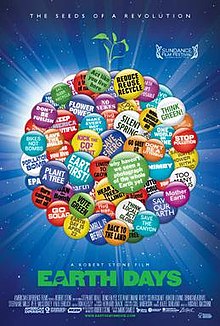
If you care about the world we live in and have not already done so I urge you to watch ‘Earth Days’ a documentary released in 2009 written, produced and directed by Robert Stone.
EARTH DAYS is a feature-length documentary about the origins of the modern environmental movement, told through the eyes of nine Americans who were inspired to act on what they believed was the most important challenge facing mankind. The film opens in the 1950s when a small group of scientists began to document the impact of our technology on the Earth’s ecosystem. Within a decade it seemed to many Americans as if the post-war dream of a better world brought about through science, technology and economic growth—the American dream—was turning into an unfathomable nightmare.
On the one hand, there are the environmentalists and the ecologically minded bills signed into law by several presidents. On the other, there’s automobile pollution, endangered and extinct species and reckless farming practices. This wide-ranging documentary looks at both aspects of the American environmental movement — its triumphs and its failures — placing interviews with activists and experts alongside footage of disturbing environmental ruins.
Wikipedia
The Earth is a Garbage Dump
Those who live inland all year don’t to see what those who live on the West coast of Thailand do, every day, during the South-West Monsoon. Less sand and more garbage that travels on the tides of the Andaman Sea, and is dumped on the beaches every day, including tons of plastic.
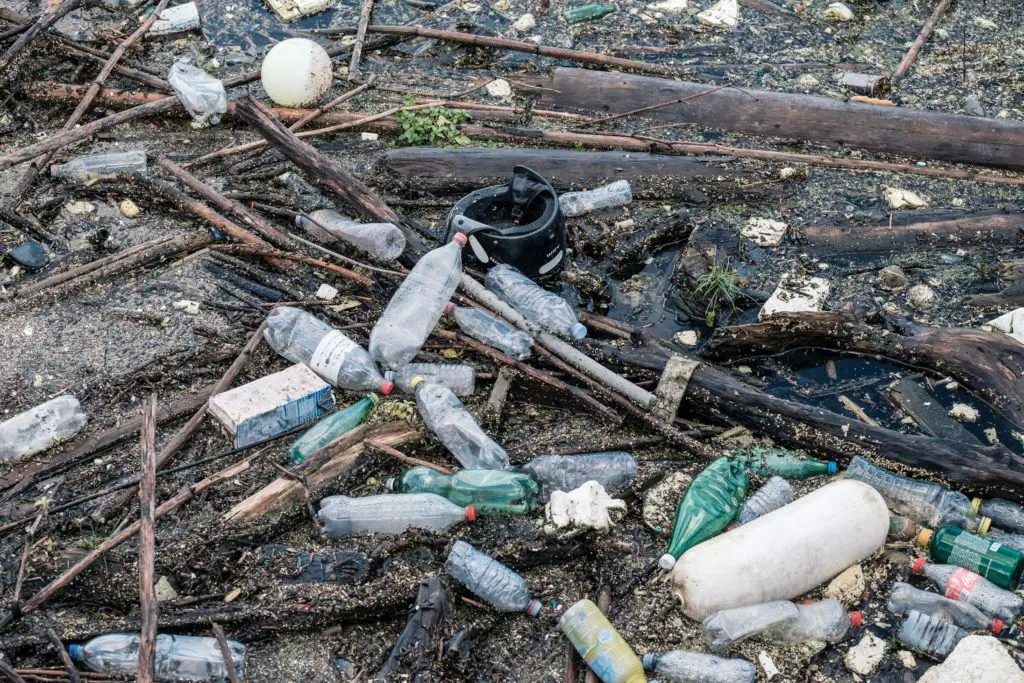
Caring volunteers, with little help from the government, clear the beaches of garbage from Indonesia, Malaysia, Myanmar and other parts of Thailand.
I imagine the scenario is played out on beaches worldwide.
We may be fighting a losing battle, but there is no excuse not to fight.
By 2050, our Oceans could be Garbage Dumps too.
The Earth is a garbage dump already. We must save our Oceans.
It’s shameful. We use just half the plastic produced once before we throw it out. It chokes our seas and the creatures in it.
But governments can stem this tide by committing to clean the oceans. Public pressure made the number two polluter Indonesia commit to reducing plastic waste by 70%.
Join AVAAZ in the fight if you care. https://secure.avaaz.org/page/en/highlights/
Final Thoughts
We have proved man-made pollution and humans influence the climatic system. Climate change is the most serious crisis facing the world today, and the biggest threat is man-made pollution, lack of awareness and apathy.
My research from a lay viewpoint is not as extensive as that of a scientist would be. But I can find little natural pollution, such as volcanic eruption, that stands alone, unaffected by Man.
The threat of Man-made pollution is serious and significant.
Over the decade 2011 to 2021, living in a microcosm of what must be happening worldwide in similar forms, I recorded my findings. I have witnessed a steady increase in the pollution of Land, Water and Air by farmers in the North of Thailand, and its effects on the natural environment and human life.
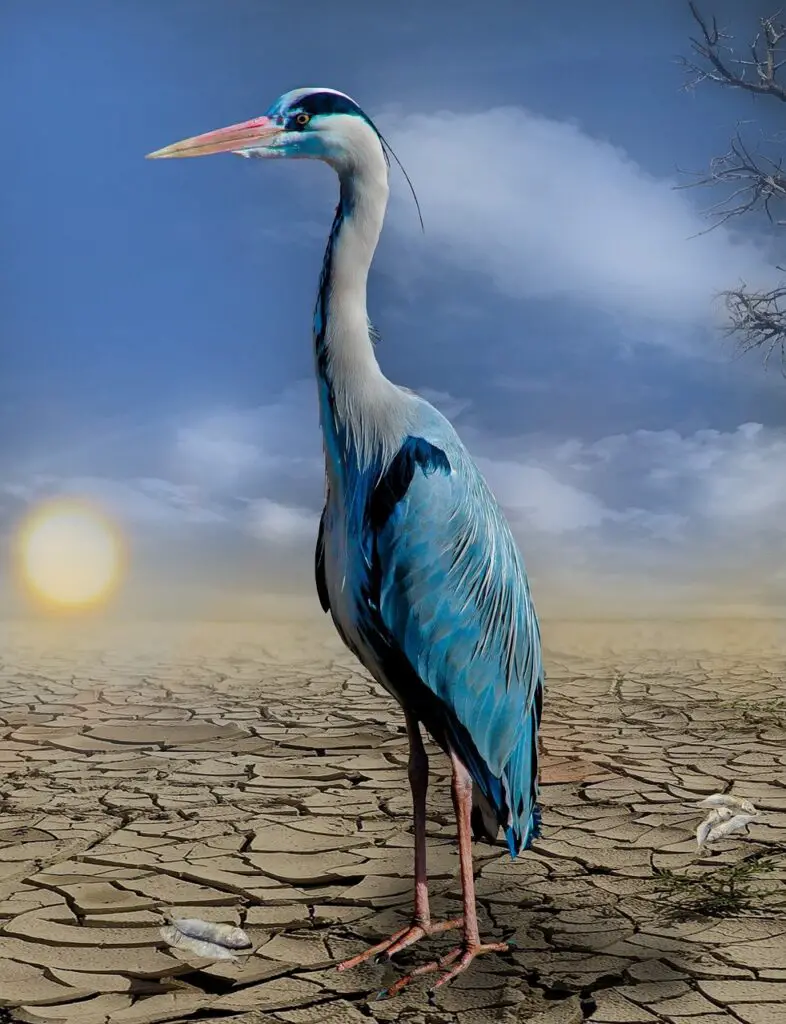
Land and Ground Water pollution
Force feeding of crops by chemical spraying, insecticides and paraquat to kill wild grasses, flowers and weeds, has increased considerably. The negative effects on the environment have been a reduction of wildlife. Birds seem to be doing alright compared to mammals. But where there used to be an abundance of frogs, land crabs, rats, scorpions and snakes, they are now scarce. Snakes are shy, but I haven’t seen more than a few snakes in the last year, whereas ten years ago, I would see at least one a week.
Human Health – We are waking up slowly.
Many people are refusing to eat commercially farmed fruit and vegetables, including me. Instead, small groups of villagers are growing and sharing organic produce, and I am seeing more and more organic produce in the local markets. North Thailand which supplies much of central and southern Thailand with fruit and vegetables, could lose its local consumers who know what is happening unless they wake up.
I don’t have any information on fish farming, but I suspect the story will be similar.
Air Pollution
Farmers won’t stop burning and the authorities won’t stop the traditional ‘slash and burn’ that has grown with the increase in population, until it has become dangerous to the respiratory health of millions.
In 2011 I took a long holiday in the South of Thailand for two months, February and March, to avoid the pollution. In the years between I got bronchitis twice. Now I have to be away for five months between January and June. Most locals are not able to do that. Read my article, is North Thailand a Health Hazard.
Opinion
If lack of awareness and apathy are not addressed by authorities in all countries as a matter of extreme urgency, we may never be able to do enough to make the Paris Climate Agreement effective.
And will we be able to deal with The Flood?
Frequently Asked Questions
What are the main types of man-made pollution?
The main types of man-made pollution are air pollution, water pollution, soil pollution, and noise pollution. Air pollution is one of the most significant threats, caused by the release of harmful pollutants and particulate matter into the atmosphere. These pollutants come from fossil fuels combustion, industrial processes, and agricultural activities. Water pollution occurs when contaminants enter water bodies, affecting aquatic ecosystems and human health. Soil pollution involves the degradation of land due to the accumulation of toxic substances, often from industrial waste or the use of pesticides. Noise pollution, while less visible, can significantly impact human health and wildlife.
How does air pollution affect human health?
Air pollution poses a severe threat to human health, causing a wide range of adverse effects. Exposure to air pollution, particularly to fine particulate matter (PM2.5), can lead to respiratory problems, cardiovascular diseases, and even premature death. Long-term exposure to pollutants has been linked to an increased risk of lung cancer, stroke, and other chronic diseases. Indoor air pollution, often caused by cooking with solid fuels or poor ventilation, can be equally harmful. The World Health Organisation estimates that air pollution causes millions of premature deaths annually, making it a leading environmental health risks.
What are the primary sources of man-made pollutants?
The primary sources of man-made pollutants are:
1. Industrial activities: Factories and power plants release many pollutants, including sulfur dioxide, nitrogen oxides, and particulate matter.
2. Transportation: Vehicles emit carbon dioxide, nitrogen oxides, and other harmful gases
NB. This article was updated 22 September 2024



